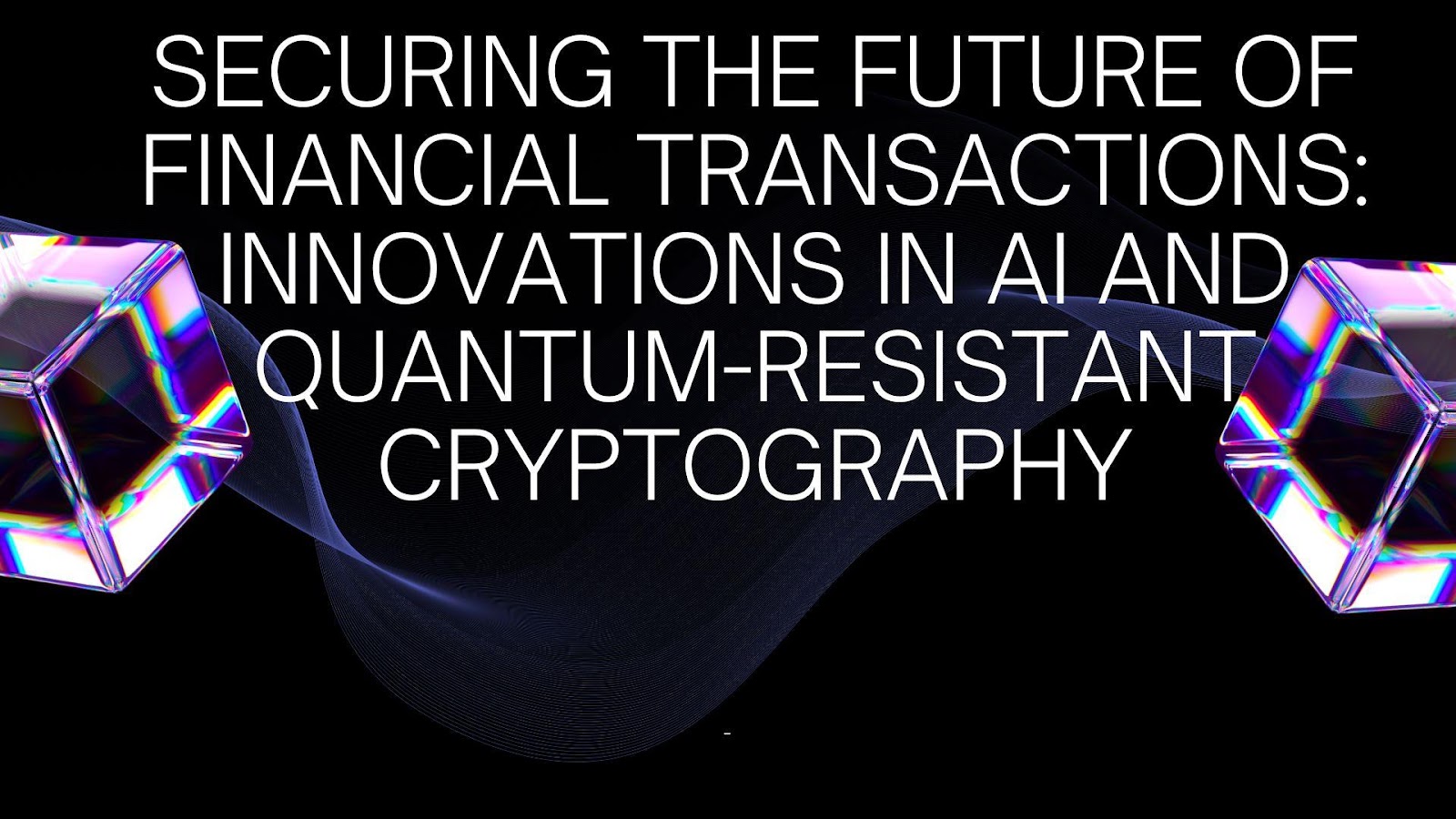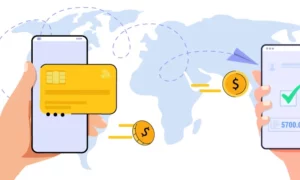A New Era of Financial Security and Efficiency, Aparna Thakur, a leading researcher in financial technology, has introduced a transformative framework that combines artificial intelligence (AI) with quantum-resistant cryptography to enhance global payment reconciliation systems. With the rapid advancements in quantum computing, traditional security measures face unprecedented threats, making Thakur’s research a timely and crucial contribution to the financial sector.
The Rise of Quantum-Resistant Cryptography
As quantum computing capabilities grow, conventional cryptographic methods are becoming increasingly vulnerable. To counter this, the proposed framework integrates lattice-based cryptography, a highly secure post-quantum encryption method. Unlike traditional encryption that may be broken by quantum algorithms, lattice-based cryptography leverages complex mathematical structures to ensure long-term security for financial transactions.
This cryptographic approach provides multiple advantages, including:
- Post-quantum security: Resistant to both classical and quantum computing attacks.
- Efficiency: Comparable processing speeds to current encryption methods.
- Scalability: Adaptable to large-scale financial operations without compromising performance.
- Forward secrecy: Protects past transactions even if future keys are compromised.
AI-Optimized Payment Reconciliation
The inefficiencies in financial reconciliation have long posed challenges to institutions handling high volumes of transactions. AI-driven optimization, as incorporated in this framework, significantly improves accuracy and reduces manual intervention in reconciliation tasks.
Key AI-driven innovations include:
- Reinforcement learning algorithms: These models adapt over time, improving decision-making and transaction matching.
- Neural networks for transaction analysis: Deep learning models can extract patterns from financial reports, automatically identifying discrepancies.
- Predictive reconciliation: AI anticipates reconciliation errors, proactively addressing them before they occur.
- Automated exception handling: Machine learning categorizes and prioritizes exceptions, improving resolution efficiency.
By integrating AI with quantum-safe cryptography, financial institutions can achieve a secure, automated, and future-proof reconciliation process.
Hybrid Architecture for High-Frequency Transactions
The combination of AI and quantum-resistant encryption forms the backbone of a hybrid architecture designed for high-frequency financial transactions. This system ensures both security and efficiency in cross-border payments by employing:
- Real-time encryption: Transactions are secured from the moment they are initiated.
- AI-driven routing: Optimizes transaction paths based on regulatory compliance and processing speed.
- Automated compliance checks: AI scans transactions for anomalies, flagging potential fraudulent activities.
- Quantum-safe key exchanges: Ensures secure communication between financial institutions.
This hybrid model enables institutions to transition smoothly into post-quantum financial security while maintaining operational continuity.
Enhancing Fraud Detection with Federated Learning
Fraud detection remains a significant challenge in the financial sector. Traditional fraud detection systems operate in isolated silos, limiting their effectiveness. The proposed framework introduces a federated learning model, where multiple institutions collaborate on fraud detection without exposing sensitive customer data.
Key innovations in fraud detection include:
- Consortium-based collaboration: Institutions train fraud detection models locally, sharing only encrypted insights.
- Homomorphic encryption: Allows computations on encrypted data, preserving privacy.
- Adaptive machine learning models: Continuously update to detect new fraudulent patterns.
This approach ensures that institutions can benefit from collective intelligence without compromising customer data security.
Quantum-Safe Digital Signatures for Financial Messaging
A critical component of secure financial transactions is ensuring the integrity of messaging systems. The framework integrates quantum-safe digital signatures into financial messaging protocols such as SWIFT, providing:
- Tamper-proof authentication: Ensures that financial messages cannot be altered or forged.
- Backward compatibility: Supports both traditional and quantum-safe signatures for a seamless transition.
- Enhanced cybersecurity measures: Strengthens the resilience of financial networks against emerging threats.
This innovation fortifies international financial messaging against the potential risks posed by quantum computing.
Future-Proofing Financial Infrastructure
As financial systems continue to evolve, the proposed framework offers a scalable and adaptable solution that meets the demands of modern finance. Its adaptability ensures:
- Cloud-native architecture: Enables seamless scaling as transaction volumes grow.
- Continuous AI learning: Keeps pace with emerging threats and transaction patterns.
- Modular design: Allows for incremental upgrades without disrupting existing operations.
In conclusion,Aparna Thakur’s groundbreaking research introduces a comprehensive solution that addresses the dual challenges of quantum security threats and reconciliation inefficiencies. By integrating AI-driven optimization with quantum-resistant cryptography, the proposed system enhances security, efficiency, and scalability in global financial operations. As financial institutions prepare for the quantum era, this innovative framework paves the way for a resilient, secure, and future-proof financial ecosystem.



































